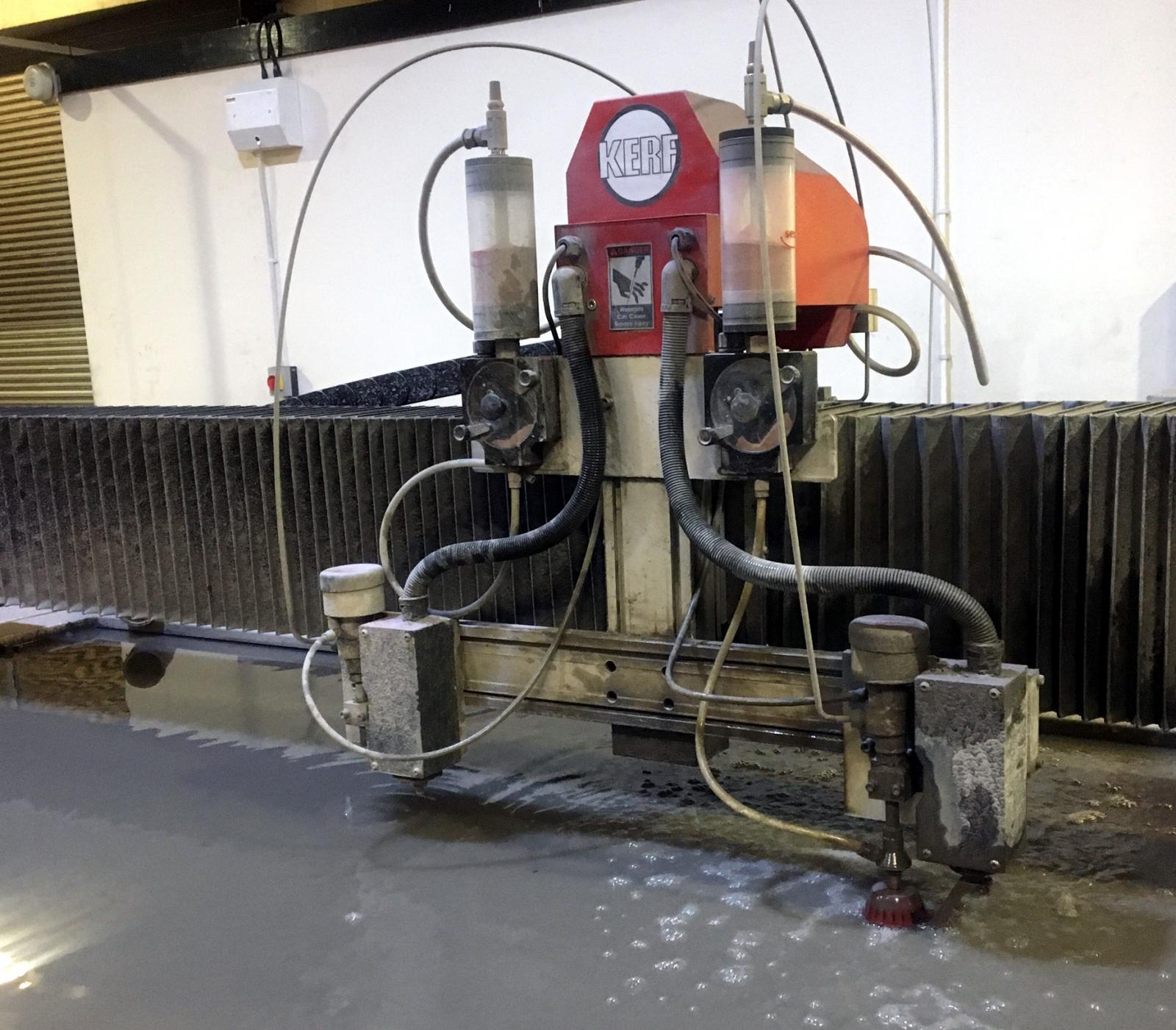
Founded as a subcontract machining business for sister company Hobbs Valve, Hobbs Precision Engineering has recently invested in an Optima 320 twin head waterjet machine from Kerf Developments.
Hobbs Precision Engineering was created to reduce subcontract machining costs for Hobbs Valves, creating an opportunity to manufacture valve components in-house. It has built on this subcontract facility with the arrival of the 3m by 2m Optima machine.
With three variants in the valve range that include lugged valves, double block & bleed valves and Cryo valves, Hobbs Valve manufactures, assembles and supplies more than 3000 triple offset butterfly valves every year. With more than 40 machined parts per valve and hundreds of variants, the machine shop has reduced average lead-times from 12 weeks to just 4 since it was founded. The Optima 320 twin head waterjet machine has further reduced these lead times since its recent introduction. The fast turnaround times on high-value niche market valves is valued by customers including Shell, BP, Ineos, BNFL ConocoPhillips, ExxonMobil, Maersk, Amec and Total.
Hobbs Precision Engineering Machine Shop Manager, Mr Craig Llywellyn says: “We identified that we could produce over 1500 clamp ring parts in-house every year, something that would reduce our subcontract reliance, valve unit costs and improve overall production scheduling and lead-times – and waterjet was the only feasible option for our components. Laser or plasma cutting would introduce heat to our components and with complete certification, traceability and standardised conformity of all constituent valve parts from the steel mill through manufacturing to delivery; heat introduction would impact the properties and conformity of our parts. We investigated the options and the Kerf Optima 320 had the best build quality, software, productivity performance and value for our business.”
The clamp ring components are manufactured from aluminium bronze and a range of stainless steels that vary from 316 to super duplex with dimensions from 50 to 1200mm diameter in thicknesses from 4 to 12mm. “By bringing production of clamp ring parts in-house, we have reduced our subcontracting costs by over £30,000 per year. Furthermore, we have gained greater control over our processes and quality whilst reducing our lead-time for these parts from 4 weeks to just 1 day. Triple offset butterfly valves are bespoke products that are not volume manufactured, so the ability to stock material and produce clamp rings when required gives us the flexibility and reaction time required for components that are produced in volumes from 1 to 10-off.”
Hobbs Precision Engineering has now applied the machine to the production of end plates for the butterfly valves. Manufactured from the same materials and quantity levels as the clamp rings, the in-house production of the 25mm to 100mm diameter end plates has reduced subcontracting costs by an additional £20,000 per annum.
“The Optima 320 twin head waterjet machine from Kerf Developments has reduced our subcontracting costs by over £50,000 a year on just two component types whilst slashing our lead-times and alleviating supply chain issues. We are achieving all this and the machine still has a long way to go before reaching capacity. We are now looking at other Hobbs Valve components that can be cut on the waterjet to contribute to further savings. Beyond that, we are also selling the waterjet capacity to create an additional profit centre for our business. The Optima 320 is an extremely flexible machine that is capable of cutting materials up to 125mm thick whilst the 3m by 2m bed capacity offers a cutting envelope of 3m by 2m, which is perfect for our 1.2m diameter clamp rings. This capacity and flexibility of the Optima not only reduces internal costs and lead-times, it has become a self-sufficient cost-centre and we are selling the capacity to fabrication and plating companies that require precision cutting and profiling of sheet materials.”